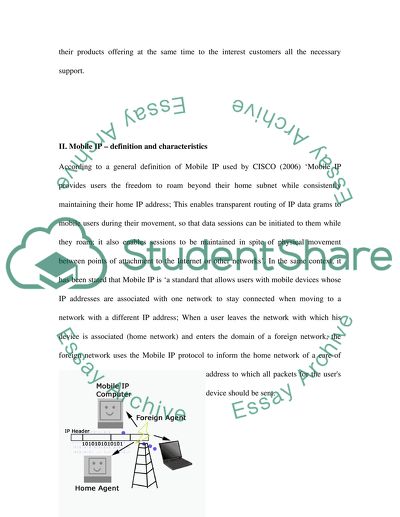Cite this document
(“Mobile Internet Protocol Essay Example | Topics and Well Written Essays - 2500 words”, n.d.)
Retrieved from https://studentshare.org/miscellaneous/1509537-mobile-internet-protocol
Retrieved from https://studentshare.org/miscellaneous/1509537-mobile-internet-protocol
(Mobile Internet Protocol Essay Example | Topics and Well Written Essays - 2500 Words)
https://studentshare.org/miscellaneous/1509537-mobile-internet-protocol.
https://studentshare.org/miscellaneous/1509537-mobile-internet-protocol.
“Mobile Internet Protocol Essay Example | Topics and Well Written Essays - 2500 Words”, n.d. https://studentshare.org/miscellaneous/1509537-mobile-internet-protocol.


